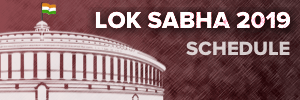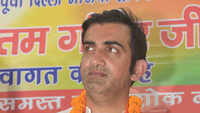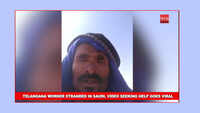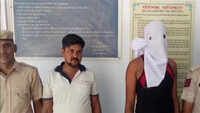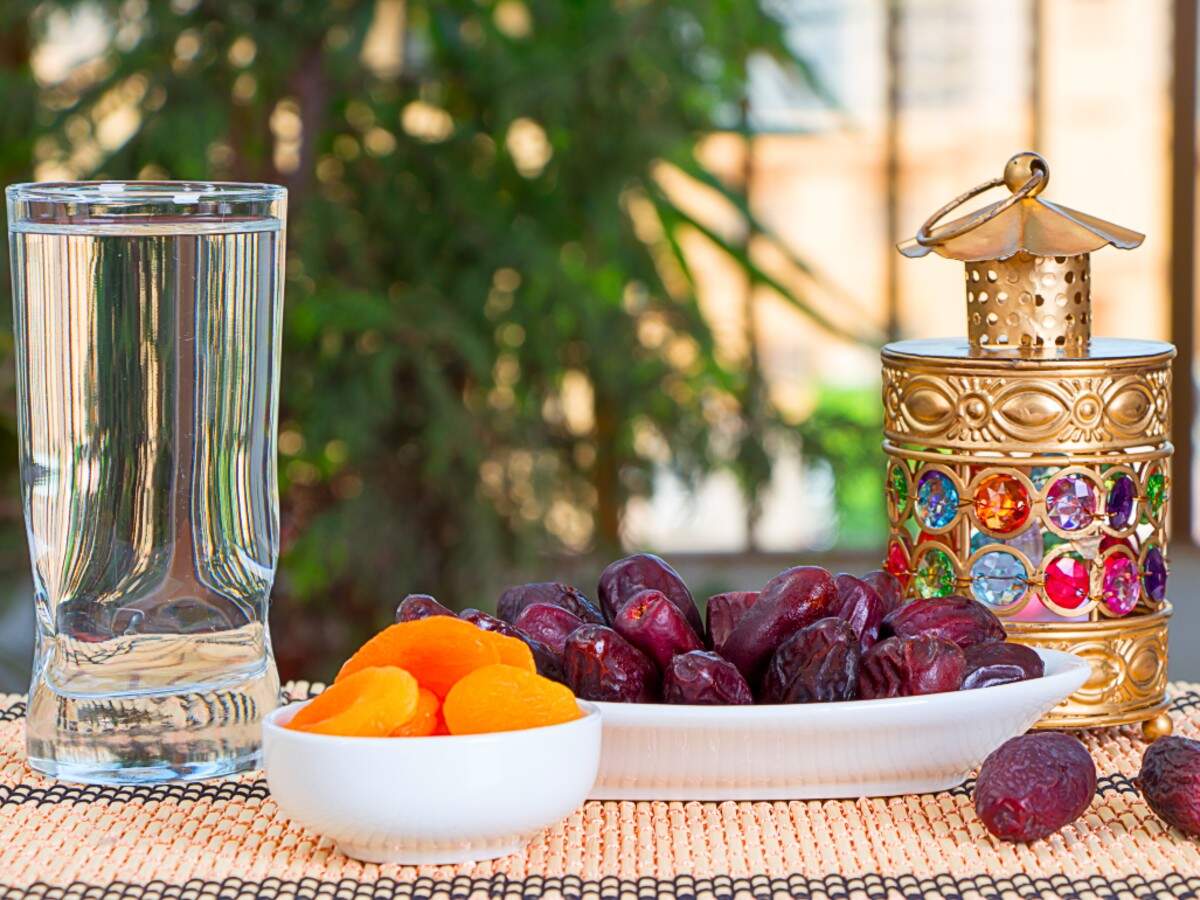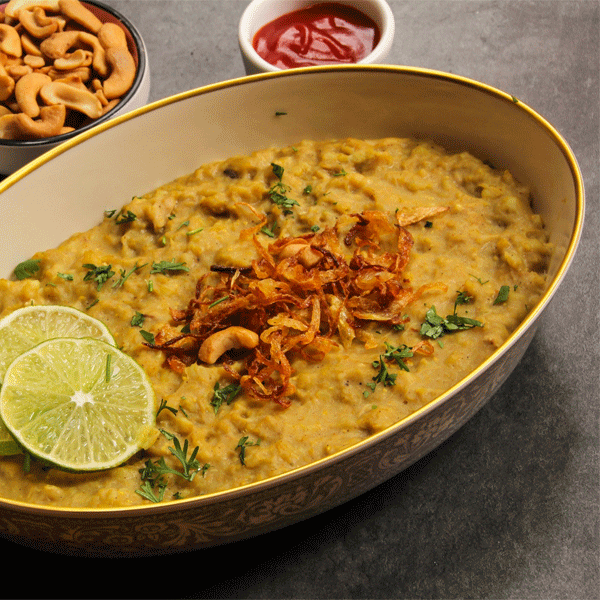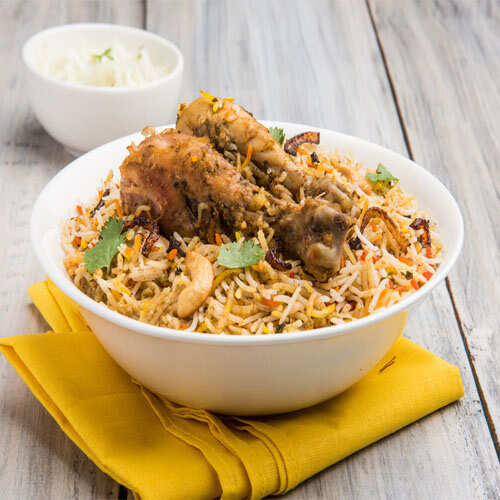
The true legacy of our rich heritage of musical instruments is being conserved by little known families who continue the tradition despite economic odds and time constraints. They are not just keeping the traditions alive but are also ensuring they are carried forward by the next generation.
The 150-year-old tradition of shehnai is still being continued in Khadse family by Rajesh and Vigyaneshwar and their nephews Ram and Nikhil. “We are the only family of shehnai players in entire Central India,” informs Vigyaneshwar who likes to be called ‘Bismillah Khan of Vidarbha’.
His great grandfather Manya Khadse, grandfather Hangoo and father Mahadevrao used to play the shehnai. “They used the Marathi shehnai and performed in the court of Gond royalty and haldi ceremony at marriages,” Vigyaneshwar says.
A chance remark by his grandmother that unless he plays shehnai like Bismillah Khan, he will never get fame made Vigyaneshwar’s father take lessons in shehnai from Pt Annaji Kshirsagar of Bilaspur.
Today out of 15 members in Khadse family, a majority is either playing shehnai or tabla. “My elder brother Rajesh and I began by learning the tabla but later our father taught us shehnai. Rajesh has a job in a bank but I am a full-time artist,” says Vigyaneshwar who makes money through performances at concerts and weddings. “AIR has jobs for different musicians but none for a shehnai player. This is a pure Hindustani instrument and needs to be promoted and preserved urgently,” he says.
There is no dearth of recognition to either violin or Kaole family that continues to promote it. Late Pt Vishnupant Kaole learnt the craft from Pt Bhaskarrao Moroney who used to teach at Buty Sangeet Mahavidyalay and later from Pt Shridhar Parsekar in Mumbai. “My brother Parag and I learnt violin by just observing our father,” says his son Pravin, a senior auditor at AG office and also a B-grade artist of Akashwani.
In 1963, Vishnupant first invited Pt Parsekar to Nagpur for a small concert held in a room on the first floor of their wada in Mahal. “Parsekarji passed away the very next year and my father decided he would hold a concert in his memory every year. From 1964 till he passed away in 2013, this concert was held every year,” informs Pravin who continues to hold the festival now in memory of his father.
“Parag holds a music festival in Melbourne where he has settled. We have improvised the techniques and the instrument by adding sympathetic strings that resonate when we play,” says Pravin whose daughter Anushka is also learning to play violin.
Though there are many percussion experts in the city, Kolbaji Pimpalghare was the first one to wield the pakhawaj. “He learnt from Pt Balirampant Pande who used to perform before the royals,” says Devanand Gadikar, Pimpalghare’s disciple who is carrying forward his guru’s legacy. Gadikar is the only artist in the city who performs in classical style. “I learnt from guruji for more than 15 years and now there are a couple of students learning from me,” he says.
Gadikar, who retired as an art teacher says he rarely gets a chance to perform. “Both my daughters also learnt pakhawaj for many years,” says Gadikar and adds, “Unlike tabla, Pakhawaj is a heavy instrument and is mostly used when Dhrupad or Dhamaar is being presented. Such singers are rare these days.”
The Khandare family had a band which had flute, trumphet and clarinet. "Later we formed a brass band and saxaphone was introduced," says Prashant who learnt to play it from his uncle Prakash. "Now I am learning from Ashwini Thakur and performing on stage. I am also teaching it to my 12-year-old son," he adds.
It is not just the families who have preserved and promoted music. Artists like Shubhda Pendharkar and Dhande too have contributed in creating a tradition. Pendharkar, 83, has the distinction of being the only woman Dilruba artist in the country.
“She began training at the age of 12 at a music school in Badkas Chowk,” informs her son Mahendra. “My mother wanted to put together an orchestra with 10 students. Each one of them picked up an instrument and my mother being the last had no choice but to go with dilruba.”
Shubhda learnt from Pt Shyamrao Vilaichi and later also did MA in instrumental music. “She heard a lot of music and styled herself in the ‘gaayaki ang’,” says Pendharkar. “She gave performances till the age of 70. Later she suffered hearing loss and could not identify the ragas. But today her disciple Nandani Sahastrabuddhe conducts a popular orchestra of sitar and other instruments.”
Having learnt finer techniques and ‘ragdari’ from Pt Shiv Kumar Sharma, Valmik Dhande is the only santoor artist in the city. “I started with the tabla and accompanied many stalwarts. I loved the sound of santoor so decided to learn it,” says Dhande.
Though he has a couple of students learning from him, Dhande says, “Rarely do I get an invitation to perform anywhere in the city. Being an A-grade artist of Akashwani, I do a recording for them every six months.”
The 150-year-old tradition of shehnai is still being continued in Khadse family by Rajesh and Vigyaneshwar and their nephews Ram and Nikhil. “We are the only family of shehnai players in entire Central India,” informs Vigyaneshwar who likes to be called ‘Bismillah Khan of Vidarbha’.
His great grandfather Manya Khadse, grandfather Hangoo and father Mahadevrao used to play the shehnai. “They used the Marathi shehnai and performed in the court of Gond royalty and haldi ceremony at marriages,” Vigyaneshwar says.
A chance remark by his grandmother that unless he plays shehnai like Bismillah Khan, he will never get fame made Vigyaneshwar’s father take lessons in shehnai from Pt Annaji Kshirsagar of Bilaspur.
Today out of 15 members in Khadse family, a majority is either playing shehnai or tabla. “My elder brother Rajesh and I began by learning the tabla but later our father taught us shehnai. Rajesh has a job in a bank but I am a full-time artist,” says Vigyaneshwar who makes money through performances at concerts and weddings. “AIR has jobs for different musicians but none for a shehnai player. This is a pure Hindustani instrument and needs to be promoted and preserved urgently,” he says.
There is no dearth of recognition to either violin or Kaole family that continues to promote it. Late Pt Vishnupant Kaole learnt the craft from Pt Bhaskarrao Moroney who used to teach at Buty Sangeet Mahavidyalay and later from Pt Shridhar Parsekar in Mumbai. “My brother Parag and I learnt violin by just observing our father,” says his son Pravin, a senior auditor at AG office and also a B-grade artist of Akashwani.
In 1963, Vishnupant first invited Pt Parsekar to Nagpur for a small concert held in a room on the first floor of their wada in Mahal. “Parsekarji passed away the very next year and my father decided he would hold a concert in his memory every year. From 1964 till he passed away in 2013, this concert was held every year,” informs Pravin who continues to hold the festival now in memory of his father.
“Parag holds a music festival in Melbourne where he has settled. We have improvised the techniques and the instrument by adding sympathetic strings that resonate when we play,” says Pravin whose daughter Anushka is also learning to play violin.
Though there are many percussion experts in the city, Kolbaji Pimpalghare was the first one to wield the pakhawaj. “He learnt from Pt Balirampant Pande who used to perform before the royals,” says Devanand Gadikar, Pimpalghare’s disciple who is carrying forward his guru’s legacy. Gadikar is the only artist in the city who performs in classical style. “I learnt from guruji for more than 15 years and now there are a couple of students learning from me,” he says.
Gadikar, who retired as an art teacher says he rarely gets a chance to perform. “Both my daughters also learnt pakhawaj for many years,” says Gadikar and adds, “Unlike tabla, Pakhawaj is a heavy instrument and is mostly used when Dhrupad or Dhamaar is being presented. Such singers are rare these days.”
The Khandare family had a band which had flute, trumphet and clarinet. "Later we formed a brass band and saxaphone was introduced," says Prashant who learnt to play it from his uncle Prakash. "Now I am learning from Ashwini Thakur and performing on stage. I am also teaching it to my 12-year-old son," he adds.
It is not just the families who have preserved and promoted music. Artists like Shubhda Pendharkar and Dhande too have contributed in creating a tradition. Pendharkar, 83, has the distinction of being the only woman Dilruba artist in the country.
“She began training at the age of 12 at a music school in Badkas Chowk,” informs her son Mahendra. “My mother wanted to put together an orchestra with 10 students. Each one of them picked up an instrument and my mother being the last had no choice but to go with dilruba.”
Shubhda learnt from Pt Shyamrao Vilaichi and later also did MA in instrumental music. “She heard a lot of music and styled herself in the ‘gaayaki ang’,” says Pendharkar. “She gave performances till the age of 70. Later she suffered hearing loss and could not identify the ragas. But today her disciple Nandani Sahastrabuddhe conducts a popular orchestra of sitar and other instruments.”
Having learnt finer techniques and ‘ragdari’ from Pt Shiv Kumar Sharma, Valmik Dhande is the only santoor artist in the city. “I started with the tabla and accompanied many stalwarts. I loved the sound of santoor so decided to learn it,” says Dhande.
Though he has a couple of students learning from him, Dhande says, “Rarely do I get an invitation to perform anywhere in the city. Being an A-grade artist of Akashwani, I do a recording for them every six months.”
#ElectionsWithTimes
Quick Links
Lok Sabha Election Schedule 2019Lok Sabha Election NewsDelhi Capitals teamMI team 2019Rajasthan Royals 2019RCB team 2019Maharashtra Lok Sabha ConstituenciesBJP Candidate ListBJP List 2019 TamilnaduShiv Sena List 2019AP BJP List 2019Mamata BanerjeeBJP List 2019 MaharashtraPriyanka GandhiBJP List 2019 KarnatakaAMMK Candidate List 2019BJP List 2019 WBLok Sabha Elections in Tamil NaduBSP List 2019 UPNews in TamilLok Sabha Poll 2019Satta Matka 2018PM ModiMahagathbandhanNagpur BJP Candidate ListChandrababu NaiduTamil Nadu ElectionsUrmila MatondkarNews in TeluguMadras High CourtTejashwi YadavArvind KejriwalTejasvi SuryaPawan KalyanArvind KejriwalYogi AdityanathJaya PradaSatta King 2019Srinagar encounter
Get the app

